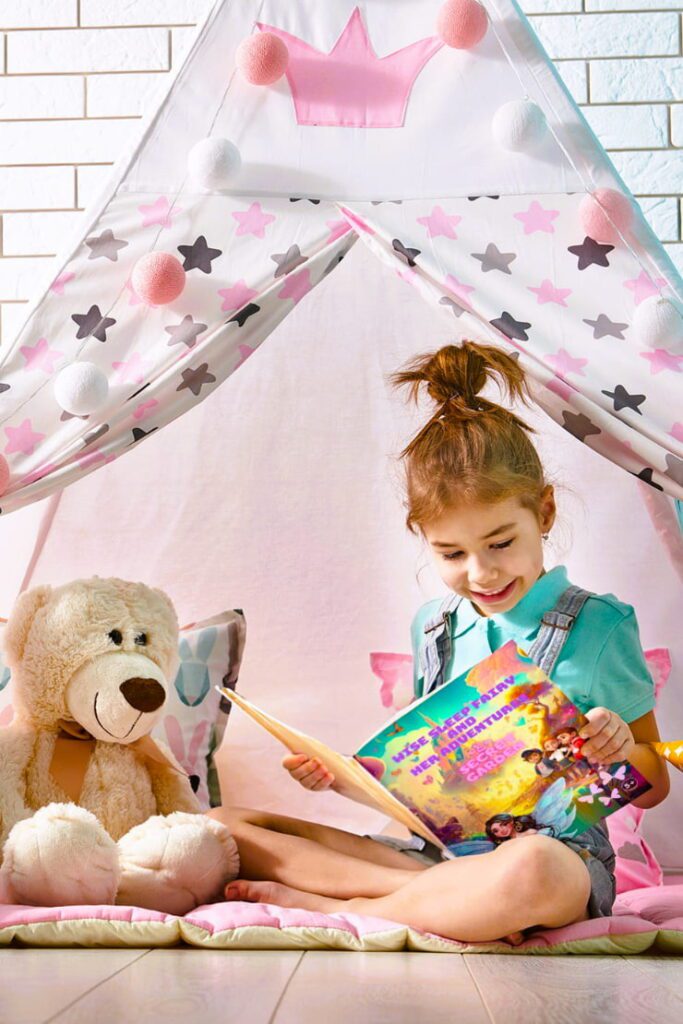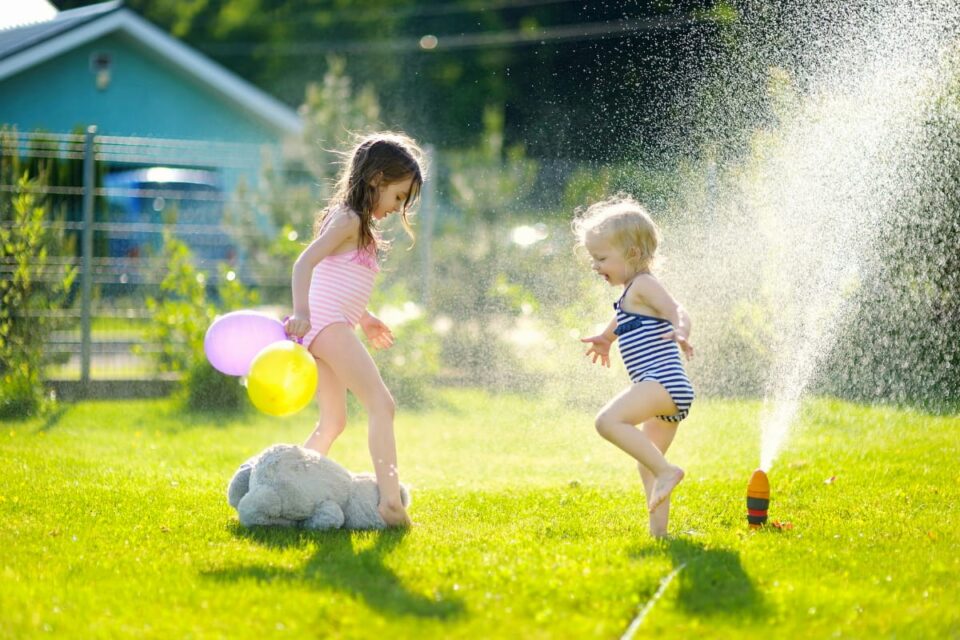In modern life, where distractions abound and schedules are packed, it’s easy for both adults and children to get caught up in the past or the future, neglecting the beauty of the present. As parents, fostering the ability of your child to live in the moment is a gift that extends far beyond their formative years. This article explores the significance of living in the moment in children’s development, delves into the concept of mindfulness for kids, and examines the scientific connection between children’s curiosity and their innate ability to live in the moment.
Table of Contents
Understanding Mindfulness For Kids: What Does Being Present Mean?
Mindfulness is not just a practice reserved for adults seeking stress relief; it holds immense value in the realm of children’s development. “Mindfulness for Kids” refers to the practice of teaching children the concept of mindfulness—a mental state achieved by focusing one’s awareness on the present moment, acknowledging and accepting one’s feelings, thoughts, and bodily sensations. Being present means fully engaging with and savoring the current moment, free from the distractions of the past or future. Research indicates that children who are adept at living in the moment tend to develop better emotional regulation, increased self-awareness, and improved cognitive abilities.
A chIld can teach an adult three thIngs: to be happy for no reason, to always be curIous, and to fIght tIrelessly for somethIng
Do Children Naturally Live in the Moment?
Scientifically, children do display a natural inclination to live in the moment. Their curious minds, unburdened by the complexities of adulthood, enable them to immerse themselves fully in their current experiences. This innate ability to be present is crucial for their overall well-being and lays the foundation for a positive and resilient mindset.

Curiosity and Living in the Moment
Curiosity is the engine that drives a child’s ability to live in the moment. It’s a fundamental aspect of their development that goes hand in hand with exploration and learning. When children are curious, they are naturally drawn to the wonders around them, prompting them to engage fully in the present. This innate curiosity not only enhances their cognitive development but also sets the stage for a lifetime of learning.
Why Curiosity May Be the Most Important Skill for a Child’s Future
In a rapidly changing world, the ability to adapt and learn new skills is paramount. Curiosity is the cornerstone of this adaptability. Children who cultivate a curious mindset are better equipped to face challenges, think critically, and embrace new ideas. In essence, fostering curiosity may well be the most important skill for a child’s future success and fulfillment.
I thInk, at a chIld’s bIrth, If a mother could ask a faIry godmother to endow It wIth the most useful gIft, that gIft should be curIosIty
6 Easy Mindfulness Practices to Calm Your Child : A Simple Guide
In the context of children, mindfulness practices often involve age-appropriate techniques, such as breathing exercises, guided imagery, or simple meditation, to help them develop skills in self-awareness, emotional regulation, and concentration. Introduce your little ones to these easy mindfulness practices to help them navigate their emotions and foster a sense of calm and awareness.
- Mindful Breathing: Encourage your child to take a few moments to focus on their breath. Inhale slowly, counting to three, and exhale for three counts. This simple practice helps anchor them in the present moment, promoting a sense of calm.

- Sensory Exploration: Guide your child through a sensory experience. Ask them to notice five things they can see, four things they can touch, three things they can hear, two things they can smell, and one thing they can taste. This activity engages their senses, grounding them in the present.
- Mindful Walking: Take a stroll together and encourage your child to pay attention to each step. Feel the sensation of their feet touching the ground, notice the sounds around them, and observe the colors and shapes in their environment. This walking meditation fosters a connection to the world around them.
- Emotion Check-In: Create a feelings chart with various emotions and ask your child to point to how they feel. Use this as an opportunity to discuss and validate their emotions, reinforcing the idea that it’s okay to feel a range of emotions.
- Gratitude Journal: Before bedtime, have your child jot down three things they are grateful for. This practice instills a positive mindset and encourages reflection on the positive aspects of their day.
- Loving-Kindness Meditation: Guide your child in sending positive thoughts to themselves and others. Encourage them to think, “May I (or others) be happy, may I be healthy, may I be safe, may I be at ease.” This fosters empathy and compassion.
Remember:
- Keep it simple and age-appropriate.
- Practice together to make it a shared experience.
- Be patient; mindfulness is a skill that develops over time.
- Encourage a non-judgmental attitude toward thoughts and feelings.
Integrating these mindfulness practices into your child’s routine can provide them with valuable tools for emotional well-being, setting the foundation for a lifetime of mindfulness and resilience.
“Wise Sleep Fairy and Her Adventures: Secret Garden” – A Gateway to Living in the Moment
Enter the enchanting world of “Secret Garden,” a children’s book that goes beyond mere storytelling. Through its playful and immersive narrative, young readers are not only entertained but also taught the importance of being in the moment and exploring the unknown.
In the secret garden of dreams, fInd joy In each moment, savor the unknown, and dance wIth curIosIty

The story unfolds as characters embark on a journey, uncovering a secret path to the hidden wonders of the Secret Garden. The catch? Only those who possess curiosity about the unknown can discover this realm. The book ingeniously weaves the concept of living in the moment into its narrative, encouraging children to appreciate the journey rather than just the destination.
Conclusion: Embracing the Present for a Brighter Future
In conclusion, teaching your child to live in the moment is a profound gift that transcends the immediate joys of childhood. It lays the foundation for emotional resilience, cognitive growth, and a lifelong love for learning. As parents, embracing and nurturing your child’s curiosity is key to fostering this invaluable ability. The “Wise Sleep Fairy and Her Adventures: Secret Garden” serves as a delightful tool in this journey, weaving together the threads of storytelling, curiosity, and the importance of being in the moment. By investing in your child’s present, you are, in essence, gifting them a brighter and more fulfilling future.

